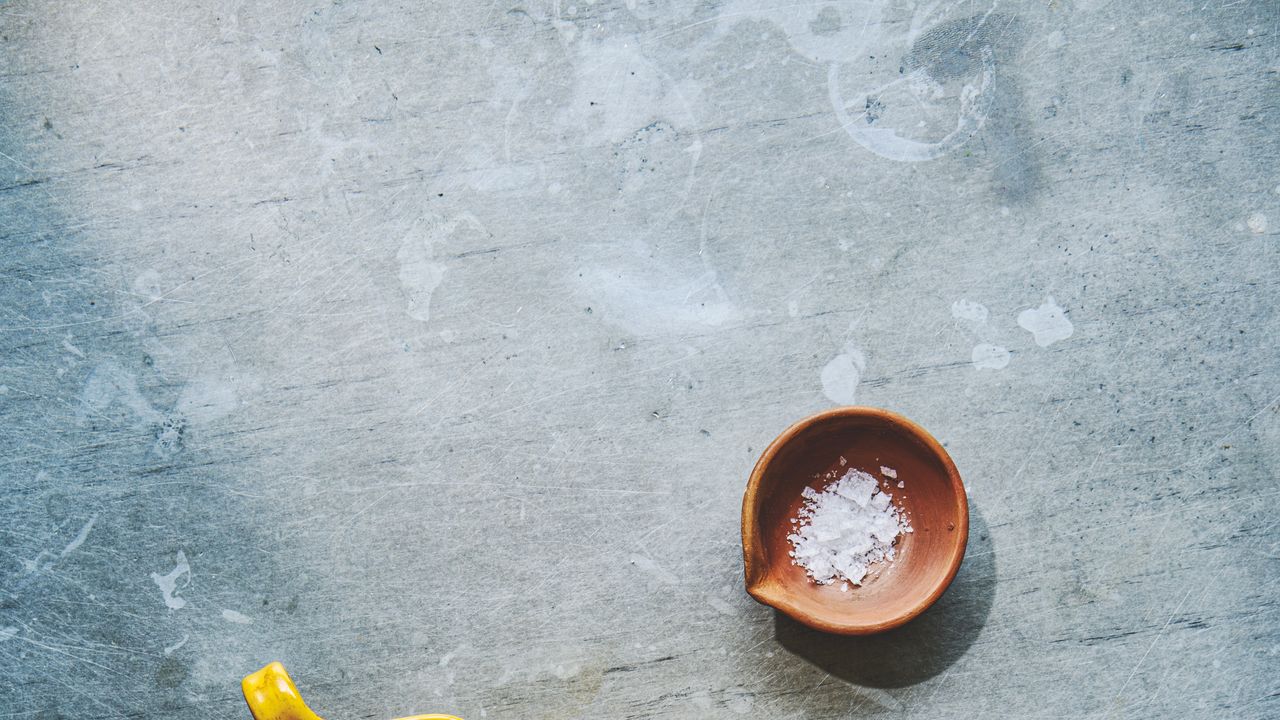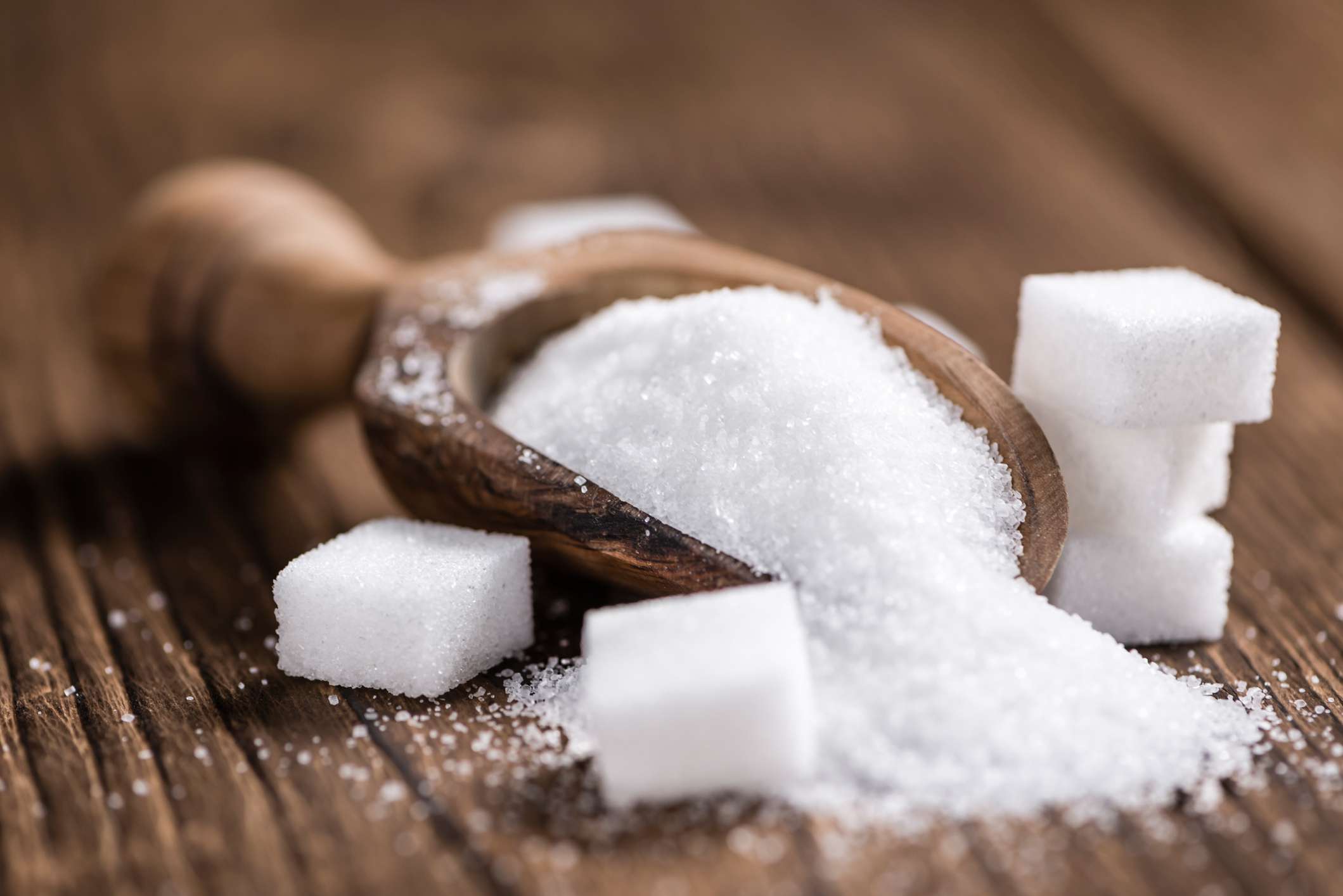
How To Clean Kitchen Cabinets To Remove Grease And Stains
Is cleaning your kitchen cabinets part of your regular kitchen maintenance routine? Unless they’re obviously splattered with pasta sauce or covered in jelly fingerprints, it might not be on your radar to clean the kitchen cabinets at the same time you’re wiping down the countertops or mopping the floor. But, one swipe of a cleaning rag, and you’ll quickly realize that grease and grime have been quietly accumulating on your cabinets. Open the door, and you’ll notice that the inside hasn’t been spared—it’s probably filled with dust and crumbs.
Every time you cook, there’s material floating through the air that settles on the cabinets and builds up over time. And, each time you take items in and out of the cabinets, there’s the opportunity for dust and dirt to settle inside. Whether you have wood cabinets, painted cabinets, metal cabinets, or laminate cabinets, they need regular cleaning and occasional deep cleaning to prevent dirt and grease from becoming an issue.
Here’s what you need to know about cleaning every type of kitchen cabinet.
- Brittany Greene is the founder and owner of Happy Clean Atlanta.
General Cleaning Tips for Kitchen Cabinets
Cleaning your cabinets isn’t a complicated task. Brittany Greene, founder and owner of Happy Clean Atlanta, says, “Just a little soap and water would work really well. Two drops of Dawn in a gallon of room temperature water is all you need.”
She recommends using a soft microfiber cloth or rag dipped in the soapy water, wringing it out, then using it to wipe down and clean the exterior of the cabinets. To clean the interior, use a vacuum attachment to remove crumbs, then wipe them out with the same rag. It’s that simple.
Make sure you dry your cabinets thoroughly after cleaning them. If moisture is left on cabinet fronts or inside the cabinets, you could end up with warping or damage, particularly if the doors are closed, trapping the moisture inside.
Not all cleaners are appropriate for cleaning kitchen cabinets. Greene recommends avoiding chemicals with high pH levels, like bleach and ammonia. Additionally, avoid using any pads or scrubbers with a rough surface that could damage the cabinet finish.
How To Clean Different Types Of Kitchen Cabinets
While all kitchen cabinets can be easily cleaned with soap and water, there are a few nuances to keep in mind depending on the specific material of your cabinets. Here’s what you need to know about cleaning different types of kitchen cabinets.
Painted Cabinets
Painted cabinets require a gentle touch to avoid damaging the hard work (or money!) that went into getting a beautifully painted look. “For painted cabinets, stay away from magic erasers no matter how tempting it might be. Magic Erasers are made of melamine foam, which acts like ultra-fine sandpaper. While effective at removing tough stains, they can easily strip paint or leave dull spots on painted surfaces,” says Greene.
Greene recommends sticking to the soap and water mixture with a soft microfiber cloth for painted cabinets. She notes that you can also use an all-purpose cleaner, but make sure it’s safe on painted surfaces.
Wood Cabinets
“Wood cabinets that are grimey clean up much better with an oil wood cleaner because, as chemistry teaches us, ‘like dissolves like,'” says Greene. She advises first using a cleaner that will break down the grime, then finishing with an all-purpose cleaner to give the cabinets a full clean.
Wood cabinets also need to be nourished, and Greene recommends products like Beezwax or Liquid Gold to restore the polish and shine to wood cabinets.
Laminate Cabinets
Similarly to painted cabinets, you want to be careful with laminate cabinets because the surface can be damaged by abrasive materials. Avoid Magic Erasers or any cleaning tools that could scratch the laminate. Gentle soap and water is best, and make sure to thoroughly dry the cabinets inside and out after cleaning. Laminate is particularly susceptible to warping from moisture.
Metal Cabinets
Metal cabinets are among the most durable on the market. While you can do a general cleaning with soap and water, you can also use stronger cleaners for deeper cleans. Metal can handle rubbing alcohol to remove stains and extra fine steel wool to scrub away rust.
Getty Images / chuckcollier
Deep Cleaning Kitchen Cabinets
Deep cleaning kitchen cabinets isn’t significantly different from a general clean, except that you should fully remove everything from the cabinets so that you can get in every nook and cranny.
“You should remove all of what’s inside the cabinet, use a vacuum hose or a cloth to remove debris, crumbs, and anything else left inside cabinets,” says Greene. She recommends wiping down the inside of the cabinets with a cleaner, then also cleaning all the handles, knobs, and hardware. Each of these surfaces is touched or used on a daily basis, and you might be shocked at how dirty and grimey they get over time.
Plus, Greene points out that deep cleaning your cabinets is the best way to keep them organized! You’ll see what you have in there and what needs to go.
How Often To Clean Kitchen Cabinets
You might be surprised to learn that the ideal cadence for cleaning your kitchen cabinets is weekly. Greene explains that high traffic kitchens, which means you’re cooking daily, need a weekly cleaning to stay spick and span. If your kitchen is used less often, monthly should suffice.
“For high traffic kitchens, clean and wipe down the outside of cabinets weekly to avoid build up, making it so much easier to maintain the sparkle we all strive for,” says Greene.
When it comes to deep cleaning, this only needs to be done once a year. But Greene adds, “If you are really ambitious, twice a year wouldn’t hurt.”










